When you are in Tennant Creek you can visit the information centre for a key to tour the old telegraph station north of town. Our caravan park also had a key, so we borrowed it for a look. You can tour the station without a key but you won’t be able to get into all the buildings. So much history here, I’m so glad we stopped in during our stay.  The history behind the telegraph line is fascinating. They built this telegraph line all the way from Port Augusta to Darwin in the 1870s, it was over 3,000 km in length. The line followed the general route Stewart and his party took years before. The goal was to link Australia with the rest of the world. Major cities and Tasmania were already connected, but they were still relying on shipping to receive messages from Europe, which took two months or more.
The history behind the telegraph line is fascinating. They built this telegraph line all the way from Port Augusta to Darwin in the 1870s, it was over 3,000 km in length. The line followed the general route Stewart and his party took years before. The goal was to link Australia with the rest of the world. Major cities and Tasmania were already connected, but they were still relying on shipping to receive messages from Europe, which took two months or more. 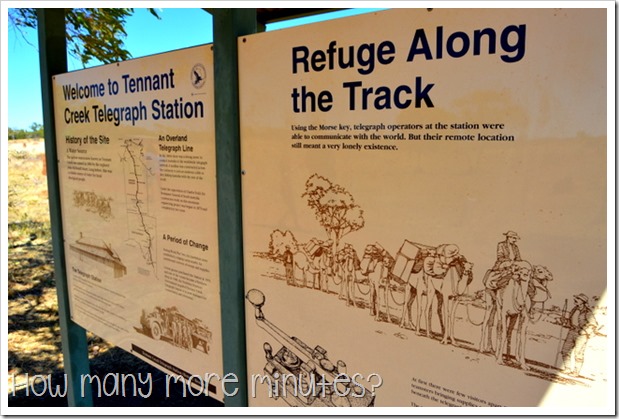 The first building we went in was used for food storage. Steps lead down into the building, keeping the food below ground level surely kept it a bit cooler.
The first building we went in was used for food storage. Steps lead down into the building, keeping the food below ground level surely kept it a bit cooler. 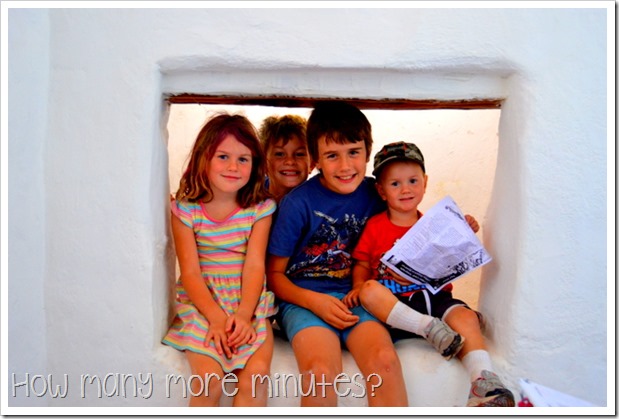 The kids crawled in this space to look through the ventilated wall. They ended up with chalky plaster dust all over them.
The kids crawled in this space to look through the ventilated wall. They ended up with chalky plaster dust all over them. 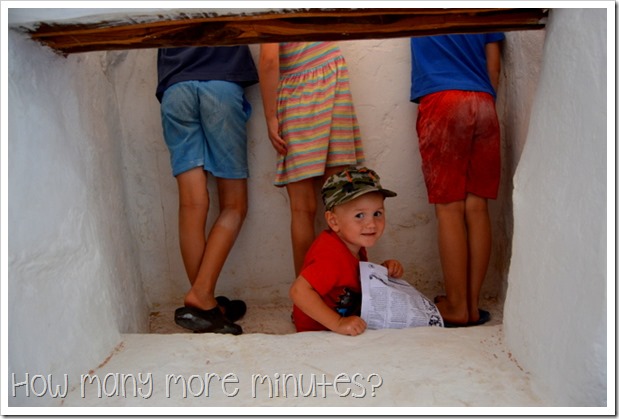

 Before the telegraph line was connected by sea cable it took at least two months for European news to reach Australia. Getting news only two days old was incredible. According to this link it took seven hours to get a message from Australia to England.
Before the telegraph line was connected by sea cable it took at least two months for European news to reach Australia. Getting news only two days old was incredible. According to this link it took seven hours to get a message from Australia to England.  There were plenty of old pictures around depicting life and work at the station. It was quite an isolated existence.
There were plenty of old pictures around depicting life and work at the station. It was quite an isolated existence. 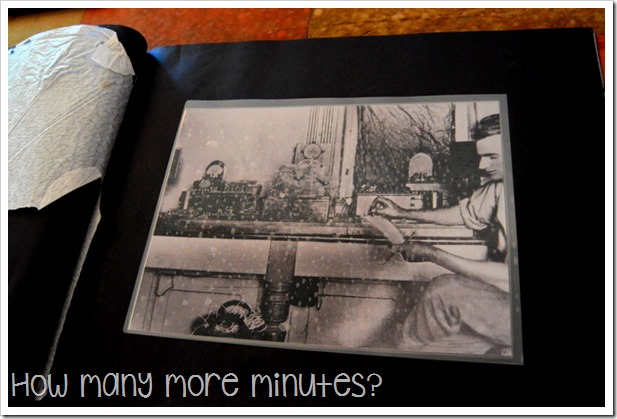
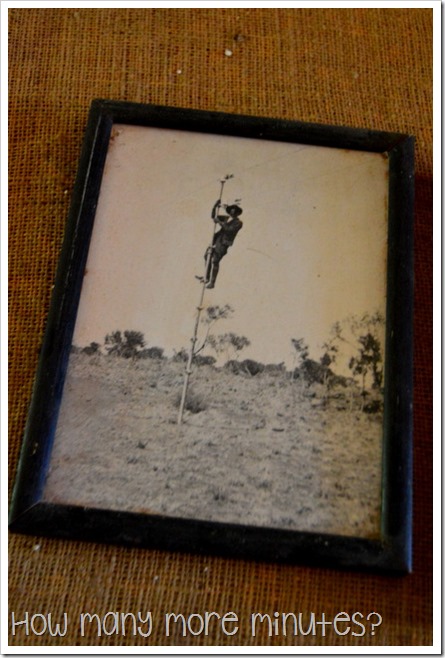
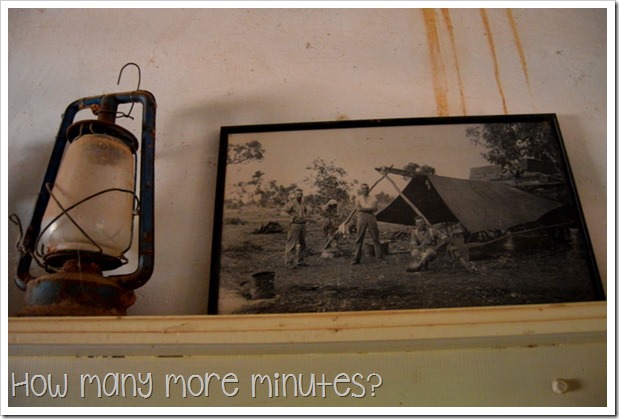 Kids are always fascinated by codes, aren’t they? A few days after visiting the telegraph station we built our own Morse code sender with a snap circuit set. Here’s Mr. Samuel Morse himself. The white line on the map below is the route the telegraph cable took both on land and sea all the way from London to Adelaide.
Kids are always fascinated by codes, aren’t they? A few days after visiting the telegraph station we built our own Morse code sender with a snap circuit set. Here’s Mr. Samuel Morse himself. The white line on the map below is the route the telegraph cable took both on land and sea all the way from London to Adelaide. 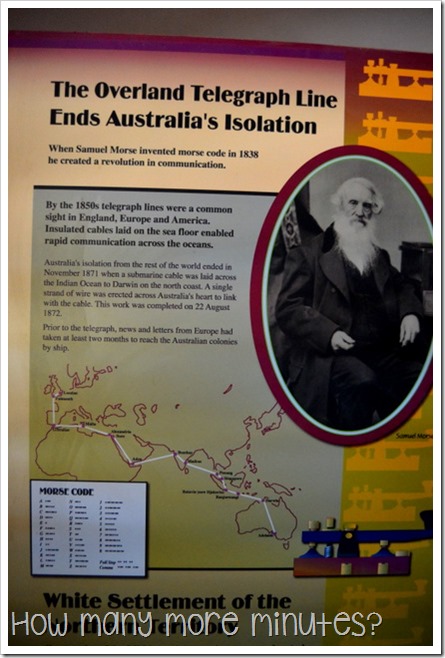 There was a bit of information on how the lines worked. There were eleven relay stations along the way. There weren’t electricity lines, so each station had to have its own power supply.
There was a bit of information on how the lines worked. There were eleven relay stations along the way. There weren’t electricity lines, so each station had to have its own power supply. 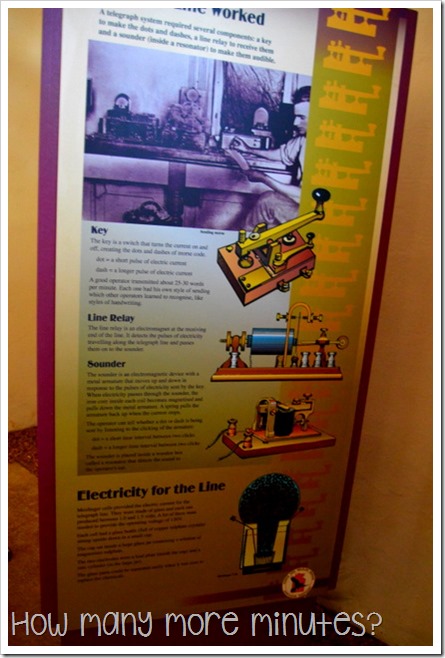 We found some old batteries in another room, but I can’t imagine these are the Meidinger cells that the signage referred to.
We found some old batteries in another room, but I can’t imagine these are the Meidinger cells that the signage referred to. 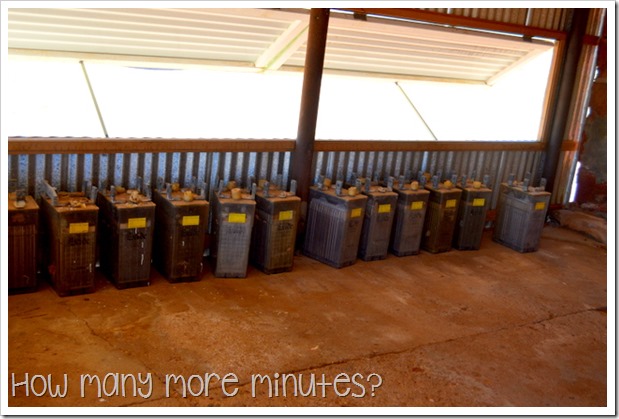 I’m just completely fascinated by all this. Many of the relay stations ended up with towns nearby: Alice Springs, Tennant Creek, Katherine. They did all this in two years, working on different sections of the line simultaneously.
I’m just completely fascinated by all this. Many of the relay stations ended up with towns nearby: Alice Springs, Tennant Creek, Katherine. They did all this in two years, working on different sections of the line simultaneously.
‘No line passing through a similar extent of uninhabited country, where the materials had to be carted over such long distances, no line of equal length and presenting similar natural obstacles, has been constructed in the same short space of time.’
~Charles Todd, 1870.
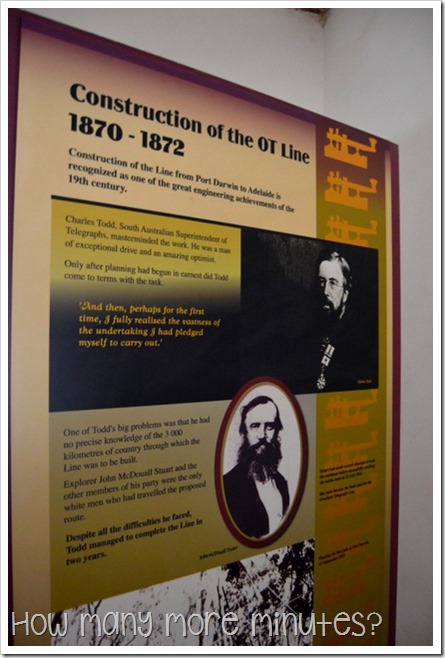 This is a picture from the day the sea cable was linked up to the land cable at Port Darwin, November 1871.
This is a picture from the day the sea cable was linked up to the land cable at Port Darwin, November 1871. 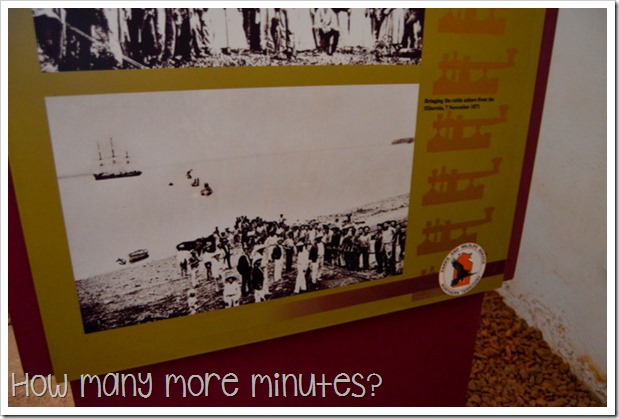 There’s that coloured hair again. Hair chalk doesn’t last long but it’s quite fun.
There’s that coloured hair again. Hair chalk doesn’t last long but it’s quite fun.  Once the line was set up with all the stations along the way it became the preferred travel route. The various stations even offered lodging to travellers. This guy on the bike below travelled up the east coast, then across to Darwin and down the centre. The highway that follows the route now is called the Stuart Highway, a road we are quite familiar with at this point!
Once the line was set up with all the stations along the way it became the preferred travel route. The various stations even offered lodging to travellers. This guy on the bike below travelled up the east coast, then across to Darwin and down the centre. The highway that follows the route now is called the Stuart Highway, a road we are quite familiar with at this point! 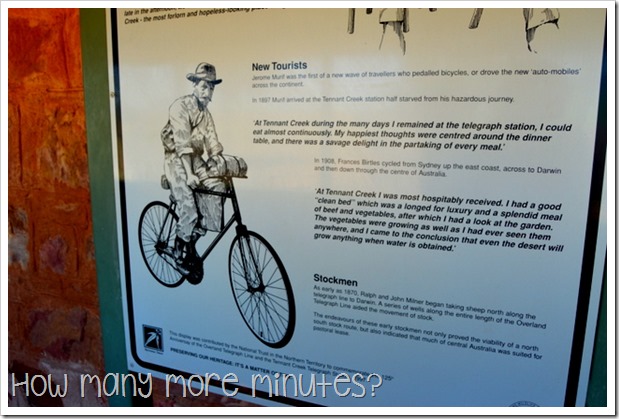 I think this was the building used for lodging. I don’t know what was in that old fireplace but TurboBug was sure fascinated.
I think this was the building used for lodging. I don’t know what was in that old fireplace but TurboBug was sure fascinated. 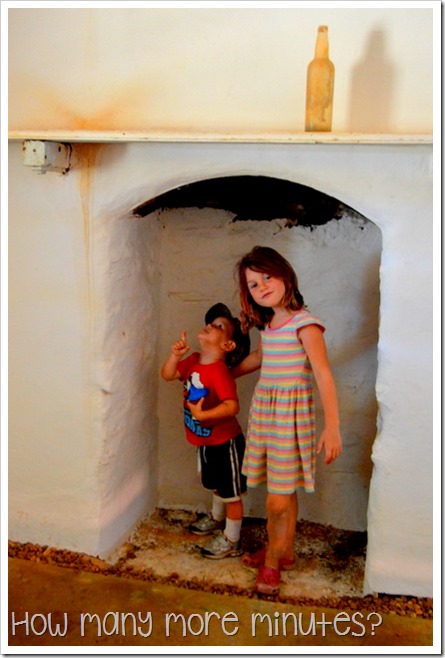
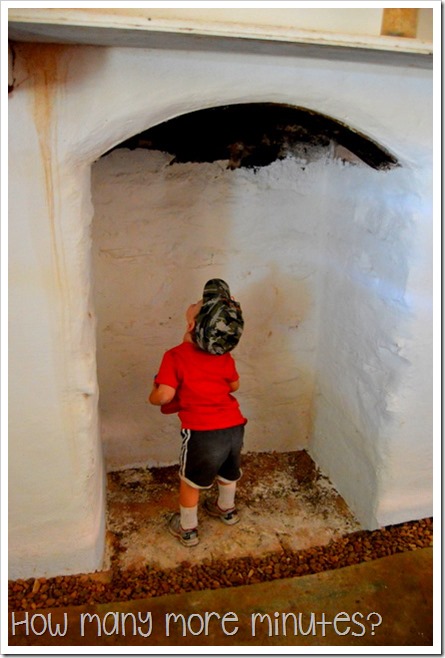 The telegraph station was used until 1935 when operations were transferred into town. After that it was used for various things. This building was modified to be a butcher shop at one time. There was a cold storage room and this lovely butcher block. I have no idea if this is one that was actually used. Ewww. It was a little too easy to imagine what went on in this room.
The telegraph station was used until 1935 when operations were transferred into town. After that it was used for various things. This building was modified to be a butcher shop at one time. There was a cold storage room and this lovely butcher block. I have no idea if this is one that was actually used. Ewww. It was a little too easy to imagine what went on in this room. 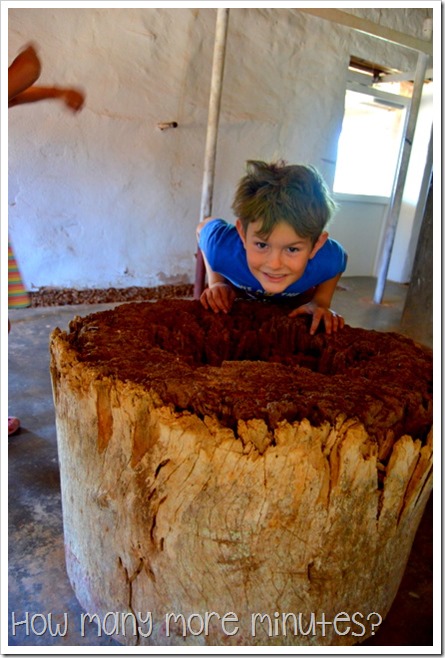
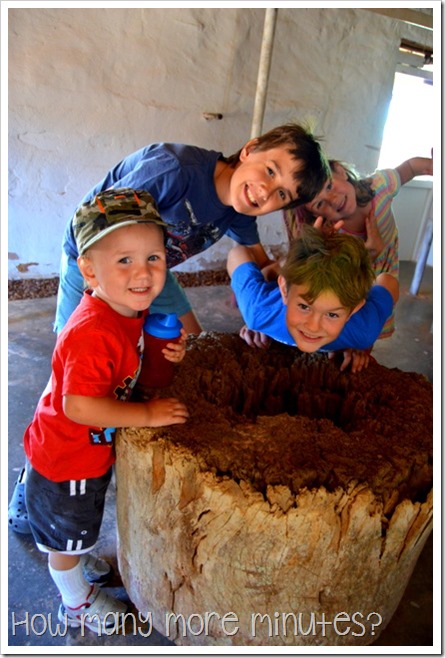 There was also an old blacksmith building. The kids enjoyed looking at the old tools and machinery and pretending they were making things.
There was also an old blacksmith building. The kids enjoyed looking at the old tools and machinery and pretending they were making things. 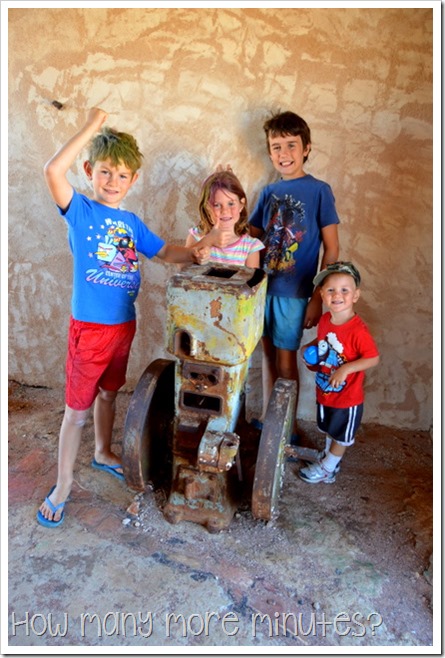

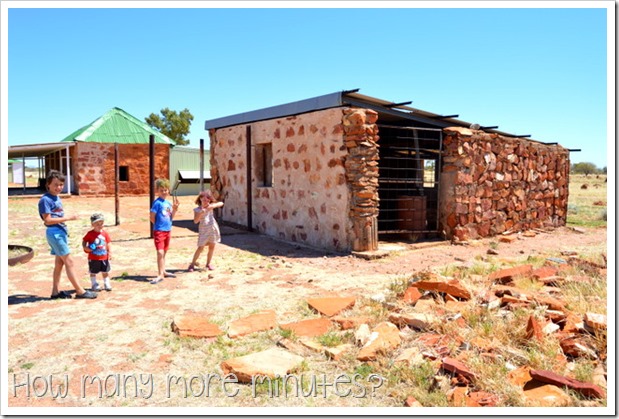 At this point we had grumbling kids. They’d had enough walking and taking in historic information for one day. I
At this point we had grumbling kids. They’d had enough walking and taking in historic information for one day. I forced asked them to come over for one last picture near one of the old telegraph poles. 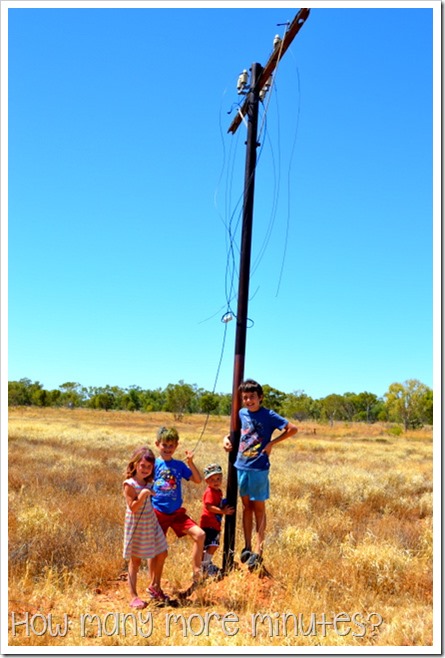 After they were released from that last picture they ran back to their favourite building, the pantry.
After they were released from that last picture they ran back to their favourite building, the pantry. 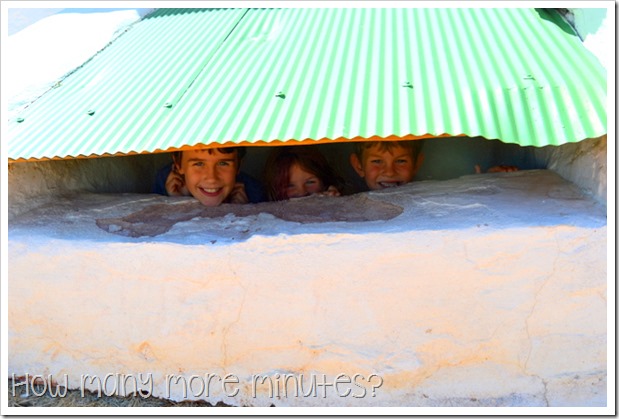
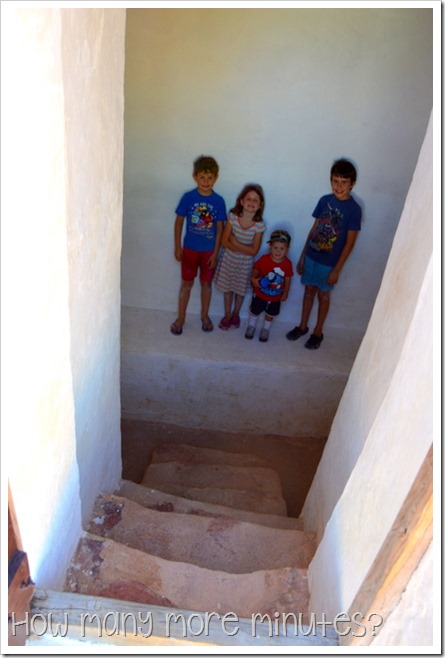
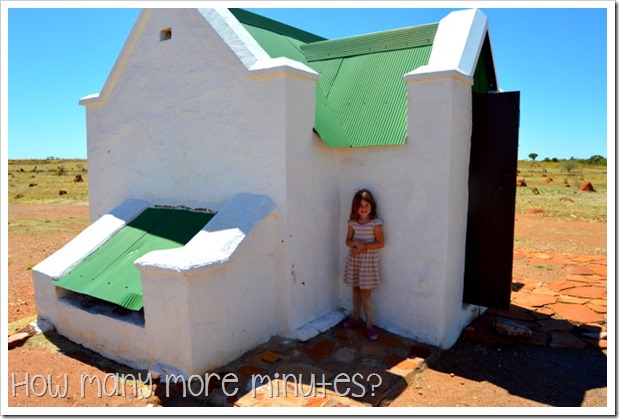 That’s our Aussie history for the week, done and dusted! Now I’ve discovered there’s a film about all this, we are going to have to figure out how to watch it one day. And the fact that the kids have been here, they’ve seen one of these stations with their own eyes, they’ve travelled the Stuart Highway, they’ve stopped in many of these towns…that will all make it come to life for them. So exciting!
That’s our Aussie history for the week, done and dusted! Now I’ve discovered there’s a film about all this, we are going to have to figure out how to watch it one day. And the fact that the kids have been here, they’ve seen one of these stations with their own eyes, they’ve travelled the Stuart Highway, they’ve stopped in many of these towns…that will all make it come to life for them. So exciting!

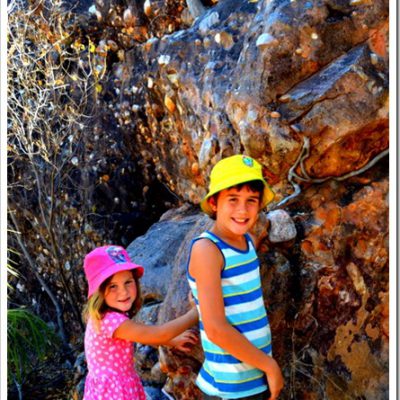
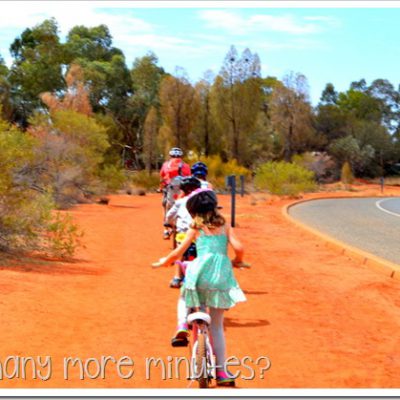
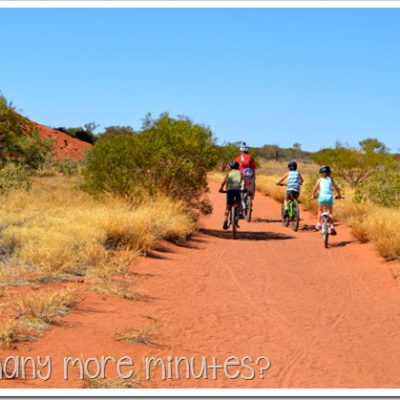
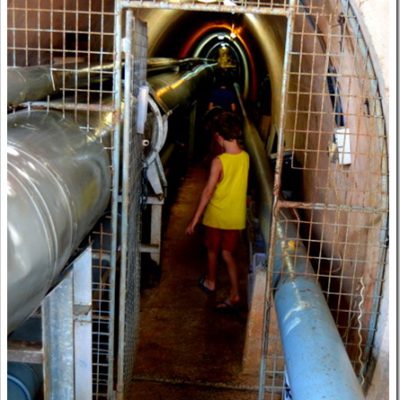
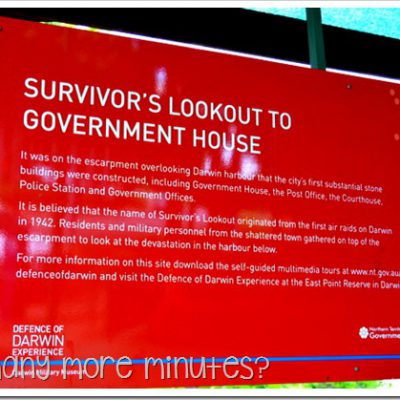
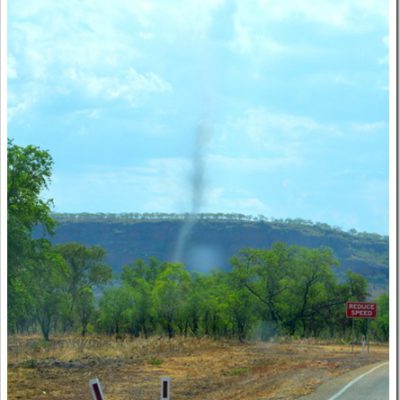
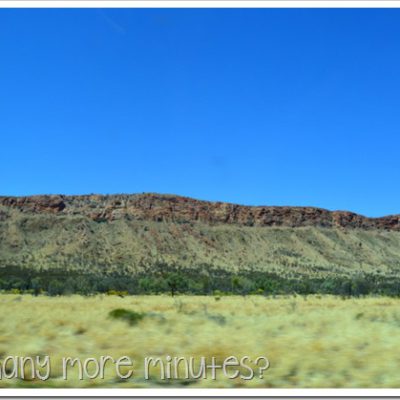
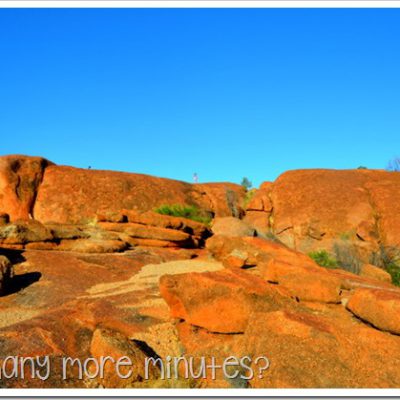
The Devil’s Marbles – Karlu Karlu – How Many More Minutes?
[…] Devil’s Marbles since the highway cuts right through them. When we drove south after our stay in Tennant Creek we oooh’d and ahhh’d at the sight and made plans to stop here on our way back north. I […]
Defence of Darwin Experience – How Many More Minutes?
[…] explore the area and claiming it for SA. They were happy to claim it with the success of the Overland Telegraph but not so happy as the NT proved to be unsuccessful in other ways. The Federation was […]